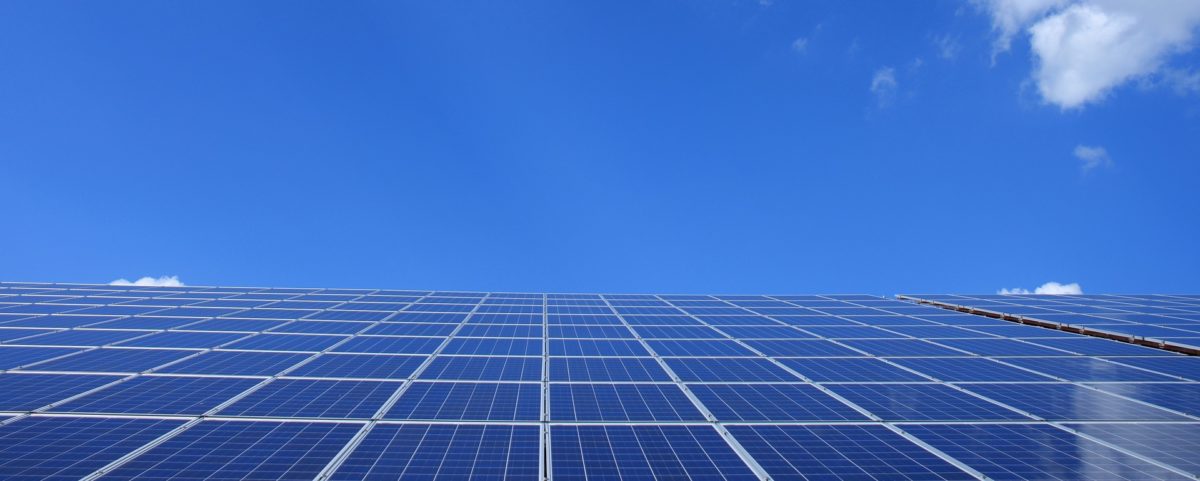The European Union’s recent proposals to end imports of Russian gas before 2030 in the wake of the Ukraine invasion are blighted by the bloc’s support for unnecessary and expensive technologies.
The race to replace Russian imports, which make up 40% of the EU’s gas supply, has focused the minds of EU leaders on climate solutions that favour replacement gases, such as hydrogen and biogas in heating. The more efficient solution would be to swap fossil fuel burning boilers for alternatives that run on electricity, such as heat pumps. These new proposals supplement the original 2030 climate target plan, published in September 2020.
The new proposals, which aim to end EU demand for Russian gas through securing new suppliers and fast-tracking the roll-out of “renewable gases” to phase out natural gas in space heating, have been highly praised. The New York Times said they will “speed up climate action”.
In fact, it is not clear that the new proposals will accelerate the clean energy transition. This is because incentivising farmers, multinational oil and gas companies and energy utilities to produce hydrogen and biogas is likely to increase consumer bills at a time when many people are already struggling with the soaring cost of heating and electricity. That, in turn, might reduce funding available for measures that can cut emissions more efficiently.
The dash for alternative gases
The pre-war 2030 climate target plan outlined how the EU could reduce greenhouse emissions 55% by 2030 through 70% cuts to coal use and by reducing oil and gas use 30% and 25% respectively. Increasing power generation from wind, solar and other sources would ensure renewables met 40% of all energy use by the end of the decade. Meanwhile, the rate at which buildings in the EU are being renovated with insulation and other measures to make them more energy efficient would need to “double and more” up to 2030. On its own, this plan would replace nearly two-thirds of gas from Russia by 2030.
Then, in the aftermath of Russia’s invasion of Ukraine, the European Commission announced a new strategy for phasing out the EU’s “dependence on fossil fuels from Russia … well before 2030”. This included an 80-gigawatt increase in wind and solar power generation by 2030 solely to make green hydrogen – a low-carbon fuel that is the product of splitting water molecules using renewable electricity. It also proposed ramping up the production of biogas – a fuel made from the anaerobic digestion of energy crops, such as maize, and farm waste, such as manure.
Altogether, the EU needs to replace 155 billion cubic metres of natural gas to end its reliance on Russian suppliers. This can be done without increasing the production of what the EU calls “renewable gases” like hydrogen and biogas. The pre-war climate plan indicated that 100 billion cubic metres of Russian gas could be substituted with new renewable energy and the new plan projects 70 billion cubic metres could come from new LNG supplies from Qatar and the US and pipeline gas from places like Norway, Algeria and Azerbaijan.
In effect, the post-war plan is promoting not just the replacement of all Russian gas before 2030, but producing extra biogas and hydrogen on top of that.
Producing an extra 25 to 50 billion cubic metres of hydrogen to replace natural gas by 2030 will require a massive build-up of equipment, pipelines and storage depots over several years, either for producing hydrogen fuel within the EU or importing it from overseas. Meeting the target of 18 billion cubic metres of biogas each year by 2030 will require paying farmers to expand energy crops. These crops will need fertiliser and other chemical inputs that emit greenhouse gases during production, potentially cancelling out the climate benefits of biogas.
Incentives that would otherwise pay for producing green hydrogen or biogas should be used to install extra millions of electric heat pumps and renovate buildings to ensure they waste less energy instead. Experts have argued that prioritising the replacement of natural gas with hydrogen in heating represents a big waste of renewable power compared with using that same electricity in heat pumps. According to one analysis, heat pumps use renewable electricity to produce warmth four times more efficiently and at much lower costs to the consumer compared to green hydrogen.
There are around 131 million buildings in the EU, yet under its latest plans, the EU projects that only 40 million will be fitted with heat pumps by 2030. The new proposals offer no clear commitment to increasing the building renovation rate.
Making lots of hydrogen and biogas reinforces the model of heating that fossil fuel companies are designed to fulfil – that is, pumping a gas into building central heating systems – simply to give those companies a new lease of life supplying a new product. This is not the route that will cut emissions the quickest.
It is clear from the European Commission’s figures that dependence on Russian gas can be ended just as quickly without having to either rely on unsustainable energy crops or large-scale hydrogen production to provide space heating.
by David Toke, Reader in Energy Politics, University of Aberdeen
First Published in ‘The Conversation’, see here
